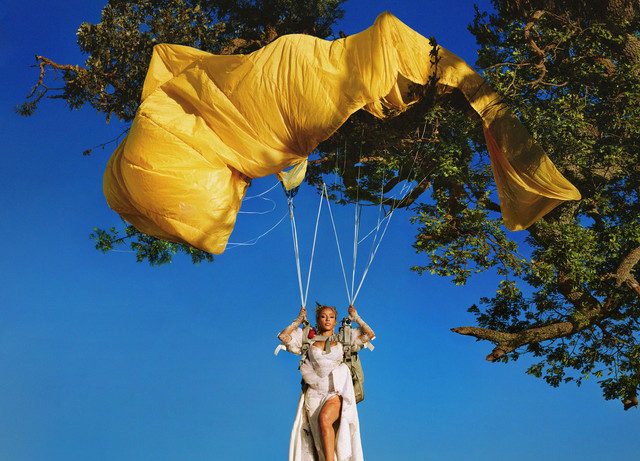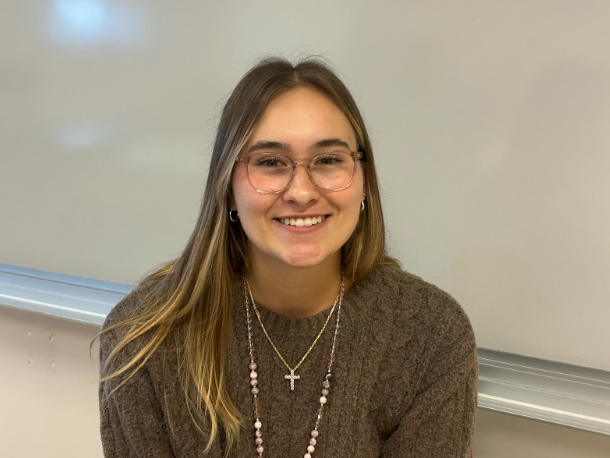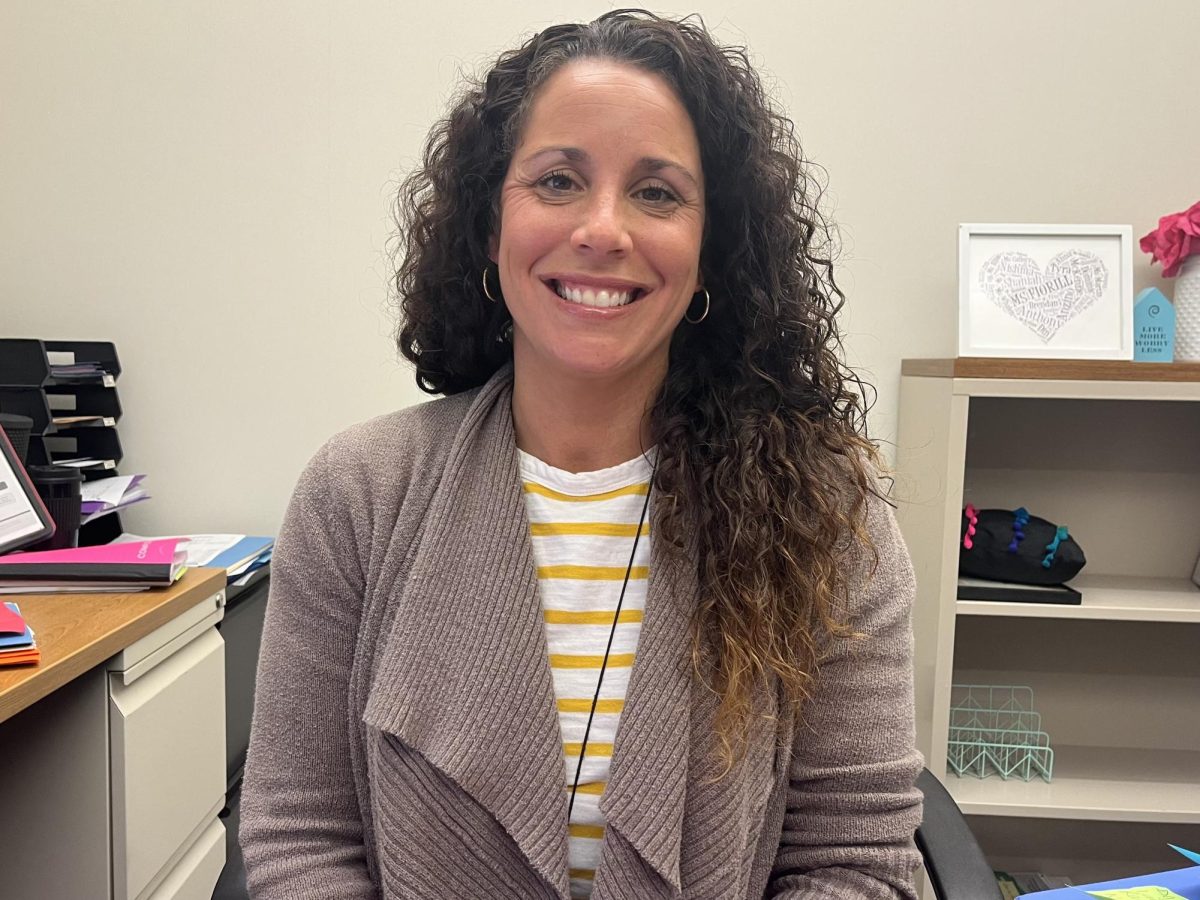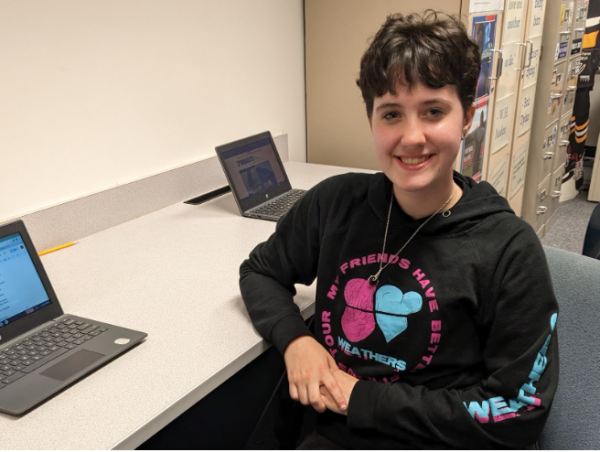Logan Huwalt was 7 years old and playing basketball in a gym when his parents noticed that he was standing still, looking like he had fallen asleep standing up.
“He zoned out and the ball rolled away from him, and you could tell that when he came back to it, he had no remembrance of what he was just doing,” said Logan’s mom, Lauren Huwalt.
When Bea Quallich was in preschool, her parents noticed that she was blinking excessively and struggling with her speech.
“We took her to a neurologist,” said Bea’s mom, Missy Quallich. “The EEG was abnormal, so they knew there was epileptic activity.”
Huwalt, now a freshman, and Quallich, a sophomore, were diagnosed with different forms of epilepsy, which has affected their lives in a variety of ways. But both students also have found a passion for increasing epilepsy awareness, raising more than $10,000 each for the cause.
There are several types of epilepsy, and they cause different types of seizures, said Andrea Zonneveld, the Director of Community Education and Outreach at the Epilepsy Association of Western and Central Pennsylvania.
“When you have a seizure, you have one part of the brain that starts sending extra messages and your brain gets confused,” Zonneveld said. “Depending on which part of the brain is doing that, you’ll have different things happen as part of the seizure.”
Huwalt has petit mal seizures, also known as absence seizures. These cause him to stop in place as if he were asleep, but never fully lose consciousness.
“It doesn’t feel like anything. They just happen,” he said. “It’s almost like you skip.”
For Huwalt, the process of being diagnosed with epilepsy was shorter than it is for most people because he was having so many seizures during testing, Lauren Huwalt said. Epilepsy has prevented Huwalt from participating in contact sports in the past, but he has been cleared to participate in them starting next school year. In the meantime, he has been running for track and cross country.
Huwalt considers epilepsy to be a net positive on his life.
“I feel like it has done more good than bad,” he said. “Yes, there are the seizures, but I’ve met so many new people and have been able to build new connections.”
One such connection is his family’s friendship with the Quallich family, who have had a different experience with Bea’s epilepsy.
Bea Quallich did not receive a specific epilepsy diagnosis for nearly four years after her epileptic brain activity was noticed. This is because she has an uncommon type of epilepsy called Jeavons Syndrome, which can be hard to diagnose.
“For Bea, it’s prolonged blinking and her eyes kind of roll upwards almost all the time,” Missy Quallich said. “Those are actual seizures.”
Due to the frequency and severity of her seizures, Quallich had a deep-brain stimulator implanted in her chest. Quallich was one of the first adolescents to receive the device after it was approved by the FDA.
Unfortunately, this has not improved her condition.
“They’ve found it’s been successful in other types of epilepsy, but it has not been for us,” Bea’s dad, Justin Quallich, said.
Epilepsy has been present in Bea Quallich’s life long enough that she has learned to make the best of it, despite the limitations she has because of her brain stimulation device.
“I cannot ride roller coasters, go to any kind of theme park, or any trampoline park,” she said. “But I can go to the South Park Wave Pool and other things.”
Both students have been fundraising for the Epilepsy Association of Western and Central Pennsylvania for the past few years. They hope to raise money for research, treatment, and education.
“It is important for people to learn how to recognize that a seizure is happening and how to help someone if a seizure occurs,” Zonneveld said.
With the association, both Huwalt and Quallich attended the Share Your Story Conference, where families go to Harrisburg to learn about effective advocacy and then speak with state representatives.
“Over the last several years, the funding for (the association) has been cut,” Lauren Huwalt said. “They met with senators themselves to explain why this funding is necessary.”
Logan Huwalt prioritizes sharing that his seizures differ from what many people know seizures to be.
“A lot of people, when they think of seizures, only think of the falling down ones where you black out,” he said. One example of those is called a tonic clonic, also known as a grand mal seizure, but there are many other types.
While both of the teens have found a passion for advocacy, they connected with the Epilepsy Association of Western and Central Pennsylvania differently.
Shortly after Logan was diagnosed with absence seizures, the Huwalt family connected with the association.
“My husband reached out to the association,” Lauren Huwalt said. “They sent us a huge binder with all of this information, like action plans for school.”
In late elementary school, Logan Huwalt began activist work with the association. The non-profit often holds fundraising events in which people with epilepsy share their stories.
“The last speech I did was at Mardi Gras (2023), and it was in front of 500 business owners, including the CEO of UPMC, the owner of the Penguins, and the CEO of Pepsi,” Huwalt said.
After he delivered his speech, the epilepsy association received two donations of $10,000 dollars each. Additionally, Huwalt personally fundraised a total of $1,830, which was matched by the gala’s royalty: “King” Charlie Batch, a former Steelers quarterback and his wife, “Queen” LaTasha Wilson-Batch.
Because of his speech at the event, he was selected to record a video sharing how the association has helped people with epilepsy and their families. This video was played at the 2024 Mardi Gras event.
The Quallich family got involved with the association while Bea was in middle school. They were able to reach the association through a friendship between Bea’s younger brother, Michael, and Logan.
“My mom first found out about (the association) in 2019 and ever since then it has been really fun being a part of that,” Bea Quallich said.
As a part of fundraising, the association holds annual charity walks on the North Shore, with fundraising teams competing. The Quallich family walks in a team called “The Bumble-Beas” and they have consistently been one of the top fundraisers at the event.
“Last year we raised between $13,000 and $15,000,” Bea Quallich said. “We have a lot of friends and family that support me.”
Both Quallich and Huwalt plan to continue fundraising for the association in the future.
“There is so much people don’t know about epilepsy and so much to learn,” Huwalt said. “There is a lot of good that can come from that.”
















